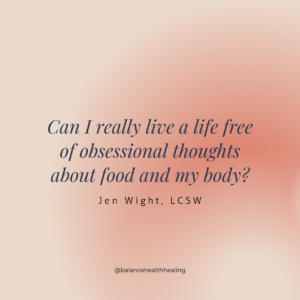Each fall, I love watching the world around me color into brilliant autumnal tones. Plants change color before my eyes, revealing bright hidden hues right before winter frosts come and take the plants into dormancy. It’s one last golden hurrah before succumbing to the sleep of winter.
You may have heard that trees lose their leaves in preparation for spring when growth gives the plant a new beginning. It’s a familiar cycle of loss and renewal that is analogous to life. Recently, I was selecting some shrubbery that will add to the fall color in our garden, and I read more about the mechanism that allows plants to change color when they sense the dormancy of winter is approaching. And it fascinated me!
Plants can sense the seasonal changes are coming through the subtle shifts in light and temperature as fall approaches. Temperatures cool, daylight shortens. The goals of the plant then shift: no longer is the focus on growth, but survival. The long summer days allow a plant to absorb seemingly endless sunlight through its leaves, carrying nutrients that allow for growth and root development. The plant thrives, grows to new heights, stretches into previously unknown territory.
As the seasons begin to change, the plant can sense that this type of ongoing rapid development would be ill-timed, and energy is then redirected into surviving the coming winter. Green leaves are no longer an asset but a liability. And so the plant stops sending water into them, allowing them to dry (and providing us with a magnificent fall show!) In many plants, a swelling will occur where next spring’s new growth will be the mechanism that pushes the dried-up leaf off the tree and into the wind. 
Learning about this caused me to consider how shifting priorities and the need to make room for new growth impact our own lives. Many times, eating recovery clients will recognize that their current habits are no longer serving them well, and priorities must change. It can be a painful time, with fear of letting go, uncertainty, and difficulty trusting that there is life beyond what is so familiar and known. It may even cause you to cling to the old habits and priorities that keep you from progressing to a new season of your life, scared of what might happen were you to allow those things to fall away, trusting in the pattern of rebirth.
But it can also be a brilliantly alive time- full of new color, new possibilities, and hope for ongoing, continued growth and development. Letting go can actually be a brilliantly alive and beautiful time in your life.
The question: “can I really live a life free of obsessional thoughts about food and my body?” can be answered over and over again as you observe the falling leaves this autumn. Just as spring comes, eating recovery is possible.

